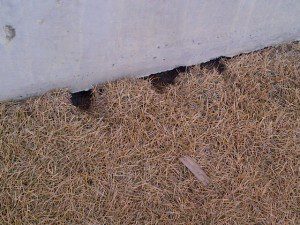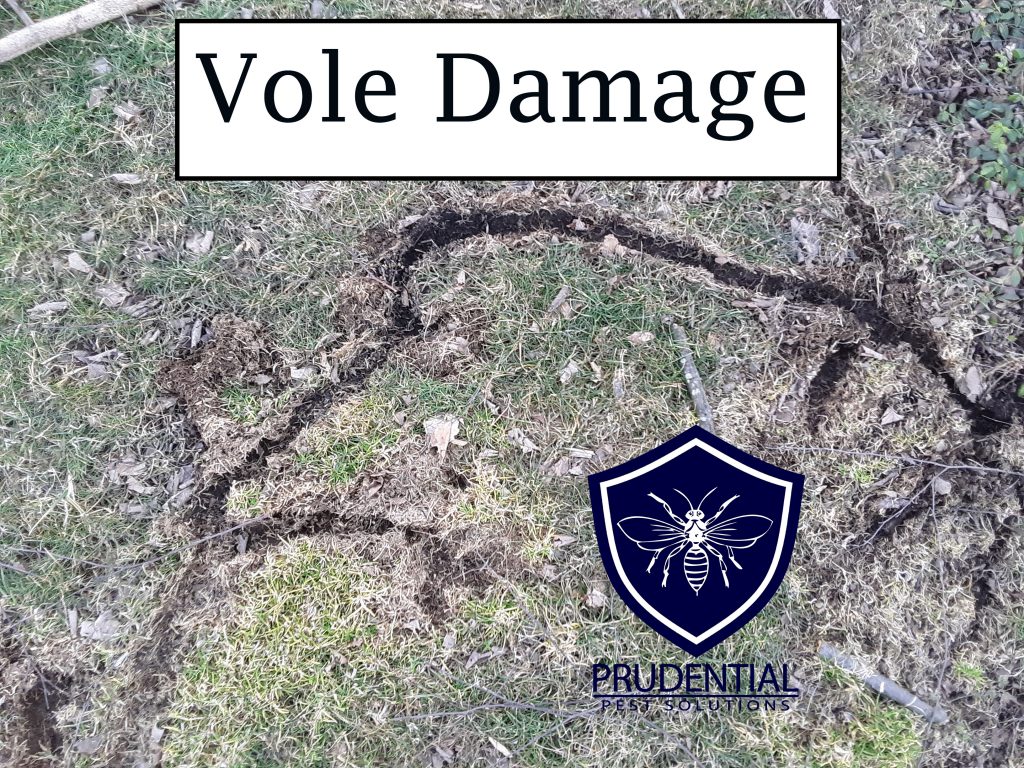Preserve Your Garden: Vole Control Tips for Lush Landscapes
Wiki Article
Grasping Vole Parasite Control: In-depth Insights on Problem Prevention and Treatment Methods
As building proprietors and caretakers, the visibility of voles can position a significant obstacle to preserving the honesty of our outside spaces. Understanding the ins and outs of vole behavior is critical in establishing effective bug control methods. By acknowledging the subtle indicators of vole invasion early on, we can take aggressive measures to stop extensive damages. In this discussion, we will certainly explore the subtleties of vole behavior, look into the identification of invasion indications, and uncover the most reliable avoidance and treatment techniques. Keep tuned to discover the insights that will certainly encourage you to understand vole insect control and secure your residential or commercial property versus these evasive rodents.Comprehending Vole Actions
Taking a look at the foraging patterns of voles uses beneficial insights into their habits and habitat preferences. Voles, little rats looking like computer mice, are herbivores understood for their below ground tunneling tasks. By observing their foraging behavior, researchers can gain a far better understanding of where voles prefer to establish their habitats and the level of their ecological influence. Voles are respected breeders, with a single female capable of producing several litters in a year, making it critical to understand their actions for reliable bug control approaches.
Research study suggests that voles exhibit discerning feeding behaviors, liking seeds, tubers, and roots - vole lawn damage. This dietary choice affects their foraging patterns, leading them to areas abundant in greenery and ground cover. In addition, voles are recognized to create fancy passage systems for foraging and nesting purposes, indicating a high level of flexibility to their environments
Understanding vole actions is necessary for applying targeted bug control steps that interrupt their habitat choices and foraging activities. By researching their behavior, specialists can develop extra effective avoidance and treatment strategies to handle vole problems.
Identifying Signs of Vole Invasion
Vole infestations can be found by acknowledging particular indications of their visibility in an area. One of one of the most common signs of a vole problem is the presence of surface paths. Voles create networks of narrow paths on the ground that are usually about two inches vast. These runways are typically located in grassy areas or under mulch or ground cover where voles can move easily and look for food.An additional essential indicator of vole problem is the presence of small burrow openings in the ground. Voles dig shallow burrow systems with several entryways and exits. These burrows serve as sanctuary and nesting websites for the voles. In addition, voles are recognized to leave eaten plant stems, origins, and bulbs near their burrow openings, showing their feeding task in the location.
In addition, vole droppings can also signify their presence (vole control). Vole droppings are tiny, brownish, and round fit, looking like grains of rice. Discovering these droppings along runways or near burrow openings can confirm a vole problem. By being vigilant for these signs, homeowner can promptly resolve vole problems and stop additional damages.
Executing Aggressive Avoidance Steps
To properly minimize the risks associated with vole problems, residential or commercial property proprietors can proactively implement a variety of preventative actions aimed at guarding their gardens and landscapes. Additionally, maintaining garden locations tidy and lessening mess where voles might conceal or nest is vital in reducing their existence.Additionally, utilizing all-natural vole deterrents like castor oil-based repellents or predator urine can serve as efficient safety nets. It is additionally advisable to frequently evaluate outdoor spaces for any signs of vole activity, such as paths or delve openings, to address prospective invasions quickly. By embracing these proactive prevention strategies, home proprietors can dramatically lower the chance of vole damages and preserve the health and wellness and looks of their landscapes.
Effective Treatment Strategies
Incorporating targeted trapping techniques and making use of approved rodenticides are essential elements of reliable treatment techniques for taking care of vole infestations. Regular monitoring and maintenance are also crucial facets of successful treatment methods to ensure that vole populations are kept under control. By incorporating capturing, rodenticides, habitat modification, and constant surveillance, reliable vole pest control can be achieved.
Surveillance and Maintenance Tips
Maintaining a methodical routine for tracking and carrying out routine maintenance tasks is essential to maintain the performance of vole parasite control actions. Normal surveillance permits the early detection of vole activity, allowing prompt intervention prior to problems get worse. To effectively monitor vole populations, purposefully positioned catches can be used in vole runways or near burrow entrances. By routinely inspecting these traps, homeowner can gauge the level of vole task and adjust control strategies accordingly.In addition, preserving a tidy and clean landscape is important in vole avoidance. Cleaning away particles, such helpful resources as piles of timber or dense plants, gets rid of prospective vole environments. Consistently cutting and cutting lawns plants helps minimize vole hiding areas and minimizes their access to food sources.

Conclusion
To conclude, understanding vole parasite control calls for a strong understanding of vole habits, the capability to identify signs of problem, applying positive avoidance measures, reliable therapy methods, and constant monitoring and upkeep. By taking a thorough technique to vole control, people can successfully take care of and stop problems, eventually securing their building and bordering atmosphere from damages created by these little rodents.In this conversation, we will certainly check out the nuances of vole actions, dig into the recognition of invasion signs, and uncover the most reliable prevention and therapy techniques.Incorporating targeted capturing techniques and making use of authorized rodenticides are necessary components of reliable treatment techniques for taking care of vole invasions. To effectively keep an eye on vole populations, tactically positioned traps can be utilized in vole paths or near find burrow entries. Inspecting pop over here and repairing any type of damages to these frameworks makes certain that vole control remains effective in safeguarding buildings from invasions. By integrating these monitoring and upkeep practices into a detailed vole pest control plan, individuals can efficiently take care of vole populaces and protect their homes from damages.
Report this wiki page